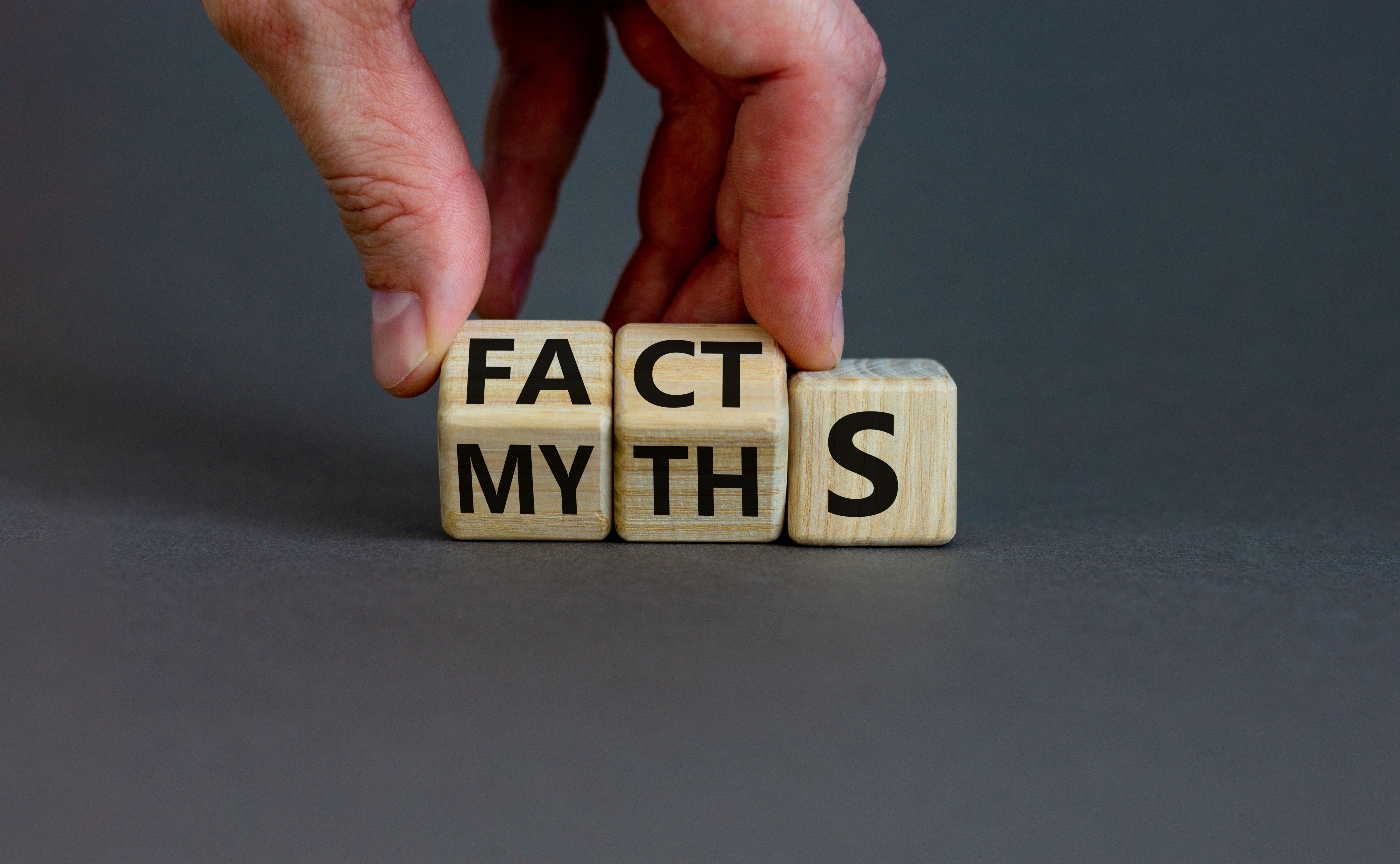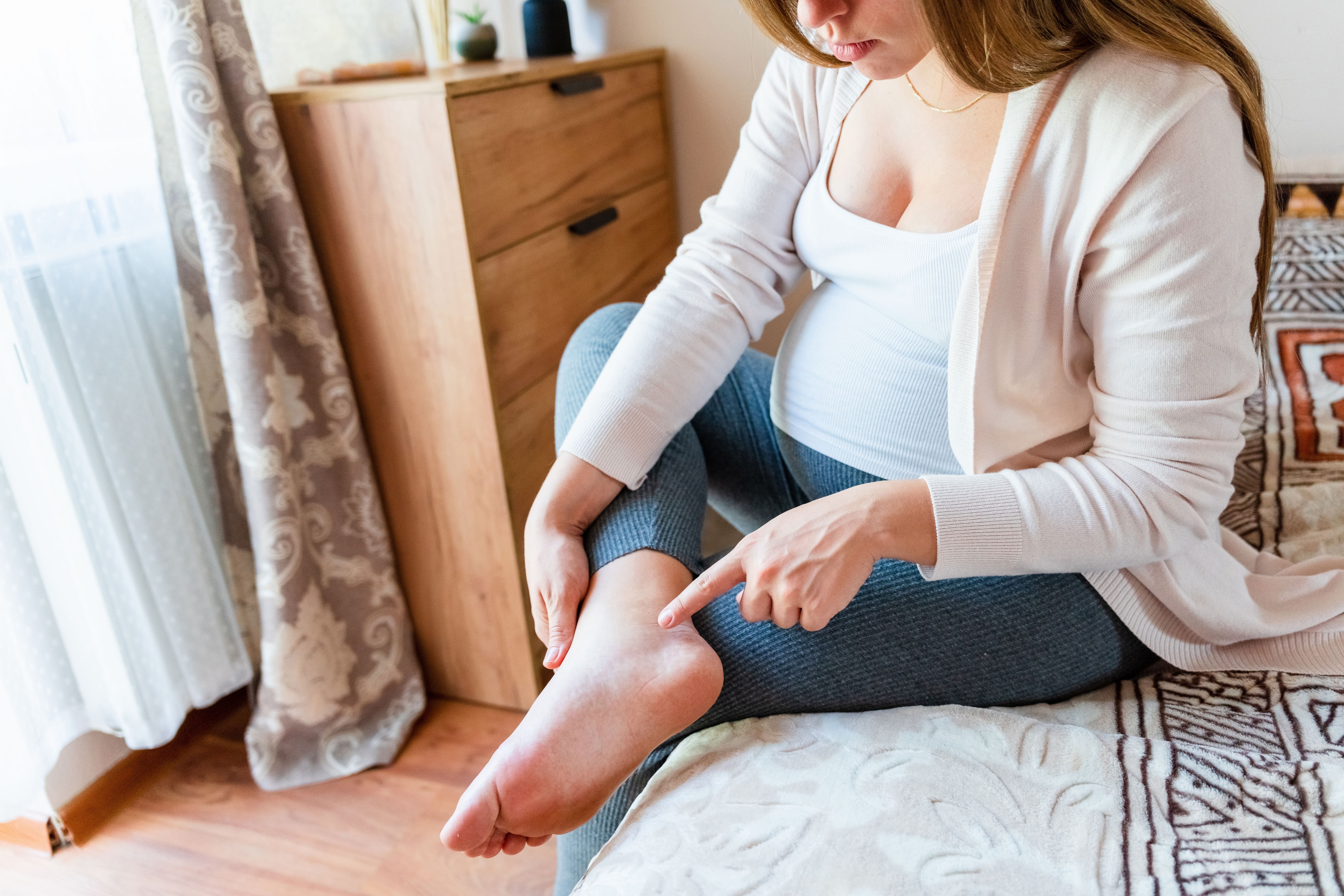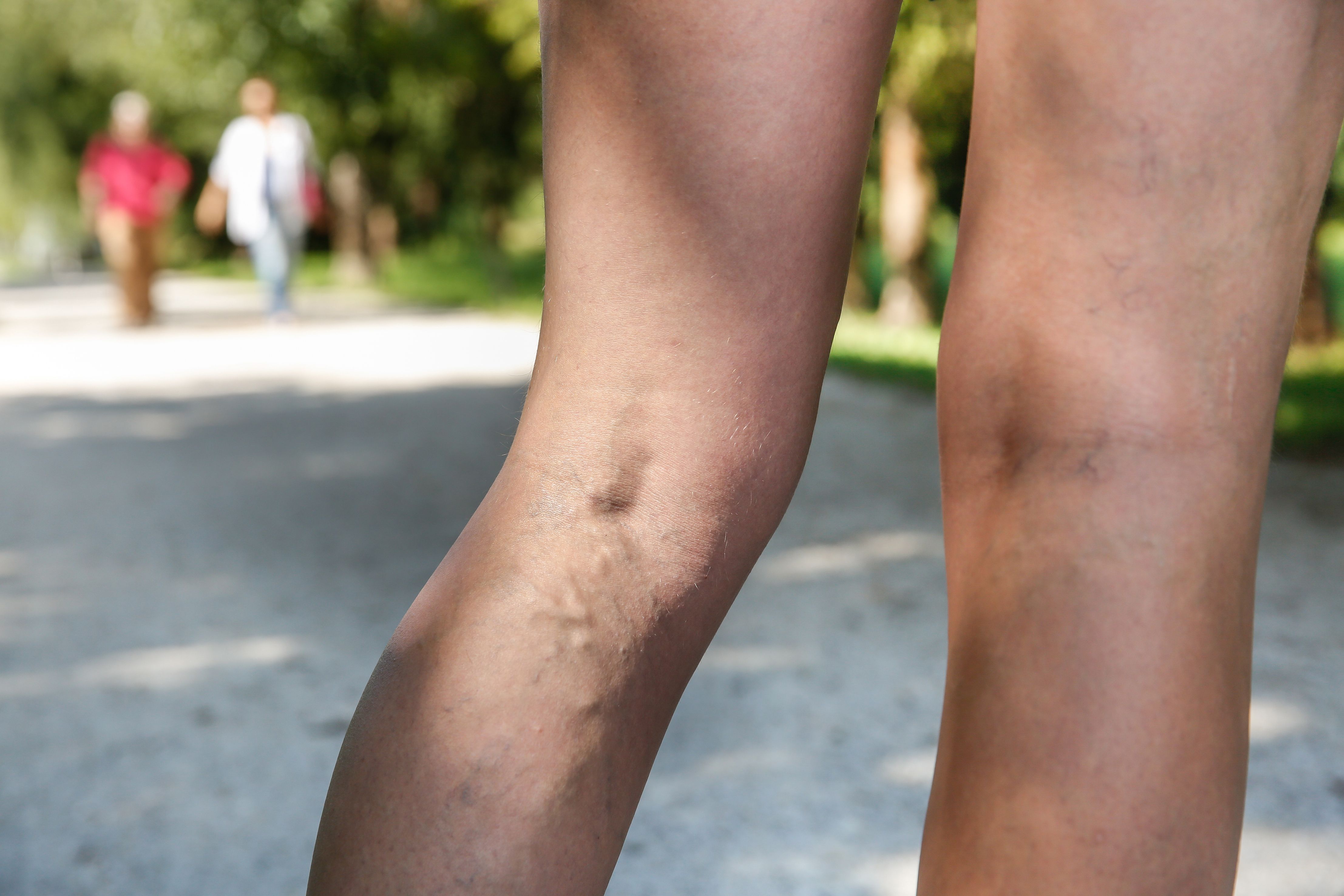Common varicose insufficiency myths and facts you should know
When it comes to varicose insufficiency there is a lot of dubious information around. Here we debunk the most common myths.

Varicose insufficiency, a frequent chronic venous disease1-3
Varicose veins are twisted, enlarged, and bulging veins mostly located on the lower extremities, which occur in 16% of men and 29% of women. They are part of a continuum of chronic venous disorders ranging from fine telangiectasias, also called spider veins, and reticular veins, to chronic venous insufficiency, which may include edema, hyperpigmentation, and venous ulcers.
Varicose veins form when internal valves break down and allow blood to flow in the wrong direction down your leg and pool within the veins. This causes the vein to stretch and dilate, leading to swelling, aching, and pain. To make matters worse, veins can often bulge increasingly to hold the increasing amount of blood, which results in even more persistent discomfort.
Symptoms of varicose veins include a heavy, achy feeling, and an itching or burning sensation; these symptoms worsen with prolonged standing.
Despite the wealth of knowledge about varicose insufficiency, myths and misconceptions surrounding the disorder still remain. Here, we will explore the most widespread misconceptions about varicose vein disease and dispel them by debunking some of the most common myths by providing you with accurate information.
The most common myths concerning varicose vein disease
Myth n°1: Only women get varicose insufficiency2,3
As explained in the introduction, it is true that women are more likely to develop this chronic venous disease. Hormonal changes due to pregnancy or menopause may be a factor, as hormones tend to relax vein walls.
However, men are not immune to varicose veins, with as many as close to 2 in 10 men experiencing varicose veins during their lifetime. Genetics, age, and lifestyle contribute to an individual's risk of developing varicose insufficiency, regardless of gender.
Myth n°2: Varicose vein disease is an inevitable symptom of aging1-4
While it is true that the risk of varicose veins increases with age, as aging causes wear and tear on the valves in your veins that regulate blood flow, not every person over a certain age develops varicose veins. In fact, symptoms of varicose insufficiency can manifest at all ages, including young adults and even children, and most people who have varicose veins inherit the trait genetically. Other risk factors of chronic venous disease that impact the young and the formerly young alike include a sedentary lifestyle, obesity, pregnancy, and standing or sitting for prolonged periods of time.
Myth n°3: Crossing your legs causes varicose insufficiency2,4,5
Crossing your legs or wearing tight shoes or tight pants doesn't cause varicose vein disease. External pressure on your veins, like crossing your legs, is minimal and doesn't exert enough force to damage your veins. However, depending on the duration and location of the pressure, it can exacerbate the symptoms of varicose veins. Also, if you remain in the same position for extended periods of time, it is more difficult for your blood to flow properly. Try to alternate between sitting and standing to move blood in your legs. Exercise and using the muscles in your legs can return blood from your legs to your core and improve symptoms of varicose insufficiency.
Myth n°4: Pregnancy causes varicose insufficiency2,5

Pregnancy can exacerbate varicose vein disease, but it doesn’t cause it. Indeed, during pregnancy, the volume of blood in your body increases. While this change supports the growing of your fetus, it can also produce an unfortunate side effect: enlarged veins in your legs. Hormonal changes during pregnancy may also play a role. For most women, this is a temporary condition, as their veins return to their previous size after delivery.
Myth n°5: Varicose vein disease is a cosmetic issue2-4
Varicose veins are not simply a cosmetic issue. At best, they are a cosmetic concern with few symptoms. More commonly, they lead to painfully swollen, aching, heavy, and tired legs that worsen with even a minimal amount of standing. At worst, they indicate a progressive chronic venous disease process called chronic venous insufficiency, which causes poor wound healing, ulcers and, in the most severe cases, can lead to amputation. Your health care provider should evaluate all your varicose veins, especially symptomatic ones.
Myth n°6: Varicose vein disease treatment is painful and invasive2,3
You may have heard stories about treatments in the past that included vein stripping or other invasive procedures. These painful treatments often had scarring and a longer recovery time. Technology has advanced, and many minimally invasive, office-based treatment options requiring nothing more than local anesthetics are available. Patients can return to their regular routine immediately, with few restrictions.
Radiofrequency or laser ablation surgeries produce satisfactory results with little downtime. In these treatments, heat or light is used to damage the inside of the vein, ultimately causing it to collapse and fade away. Another option is sclerotherapy, which injects a solution that causes the vein to collapse. The process of destroying the veins begins immediately. Most people see full results in about 2 months with minor discomfort and no downtime.
Myth n°7: Massage can cure varicose vein disease5
Massage may help reduce swelling or discomfort but it will not make varicose insufficiency go away.
Myth n°8: Exercise cannot help with varicose vein disease3

Regular low-impact exercise improves leg circulation and can reduce varicose insufficiency symptoms. Activities such as walking, cycling, yoga, and swimming can all be beneficial to reduce the risk of developing this chronic venous disease.
If you experience symptoms of varicose insufficiency, it is important not to hesitate to consult your doctor to get a proper diagnose and treatment.